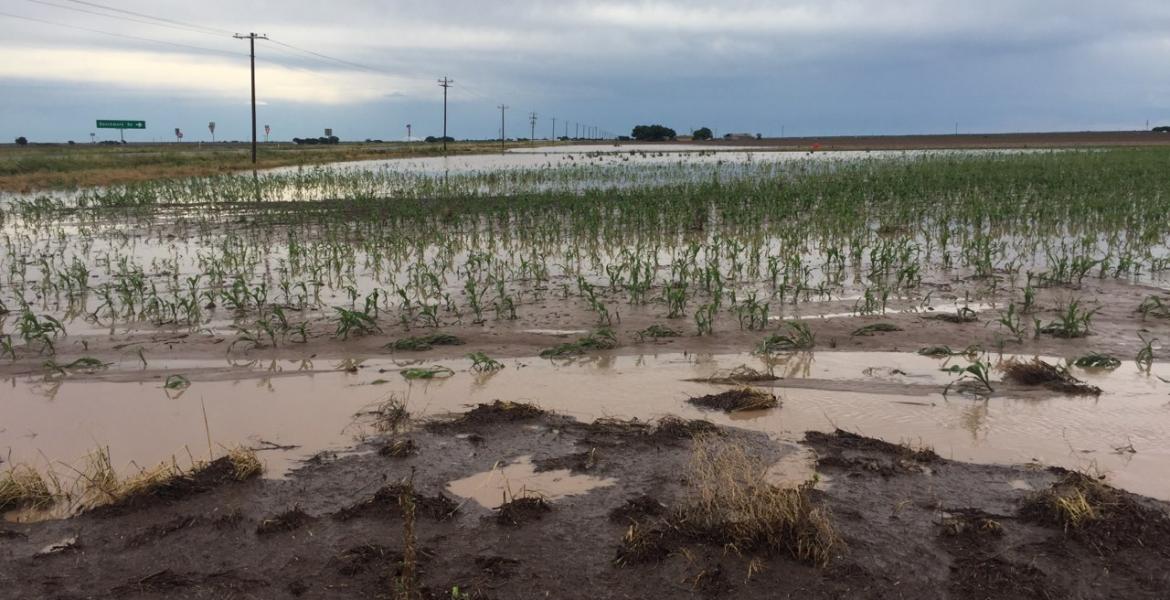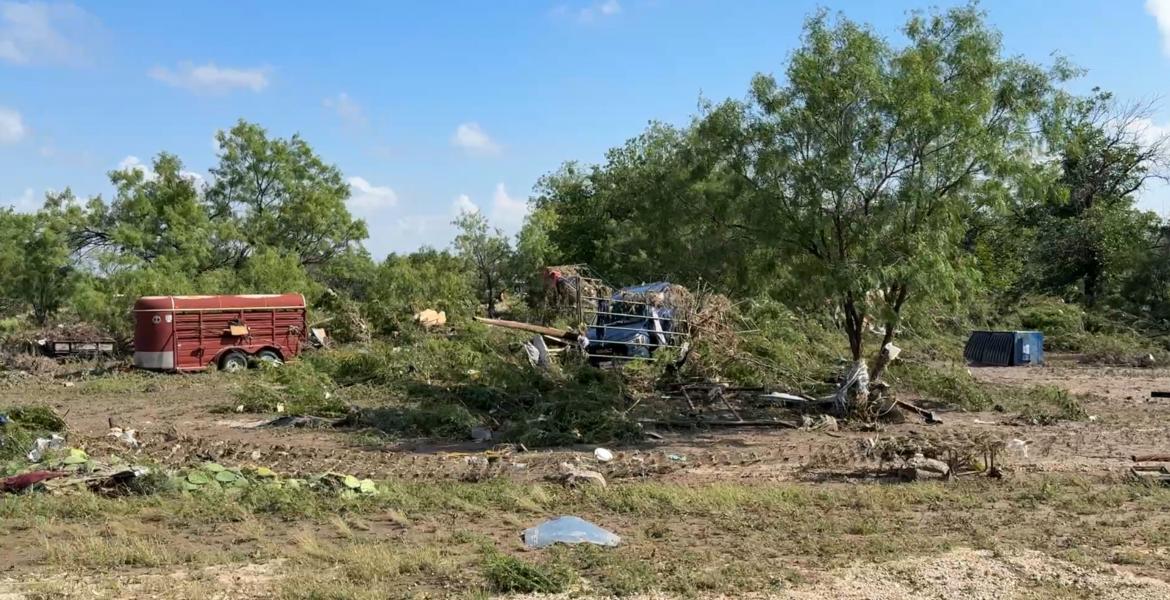County Commissioner Rick Bacon held a public meeting Tuesday night at the Grape Creek Community Center, where most of the discussion focused on water issues.
“I went to a conference last year on desalinization,” said Bacon. “Right here in Tom Green County we have a ton of what they call brackish water; this is water that’s perfect for desalination. Preliminary studies indicate that there are billions of gallons of brackish water right under us here in Tom Green County.”
Brackish, or briny water as it is sometimes called, has more salinity than fresh water. Brackish water typically contains between 0.5 to 30 grams of salt per liter, making it hostile to plants and inconsumable by humans. However, the process of desalination removes the salt and other materials from the water making it acceptable for human consumption and irrigation of crops.
According to the Texas Desalination Association, Texas itself has 2.7 billion acre-feet of brackish water below the surface and is relatively evenly distributed across the state. The amount of brackish water that Texas has below the surface would make all of the fresh water in Texas’ rivers and lakes combined look like pond. It is literally enough water to submerge the entire state in 15 foot of water.
Texas currently has about 100 desalination facilities that produce 138 million gallons of water per day. A facility in El Paso is currently the largest inland desalination plant. San Antonio is building a plant that in its first phase could produce 31 acre-feet of fresh water daily, its projected completion is 2016. In general the cost to desalinate brackish water runs between $2-4 per 1,000 gallons.
In 2007, when El Paso opened its desalination plant, the final construction price tag of $87 million, just to give an idea of how much it would take to build one of these in Tom Green County. El Paso draws its brackish groundwater from underneath Fort Bliss.
Even though Tom Green County has been blessed with a good amount of rain so far this year, it has not been enough to pull the county out of drought-like conditions. A study will be conducted by the Texas Water Development Board beginning next Thursday. Once the study is complete the board will be able to tell the county if the brackish water in the area is indeed sustainable for desalination.
The study was originally scheduled for 2018, but with consideration of the counties’ drought condition and at the request of Bacon, and with support from Drew Darby, State Representative, Tom Green County was bumped up on the list. Once the study is complete, Bacon will have more information on costs and will be able to blueprint a plan of action.
“I am really hoping that our solution will be desalinization,” said Bacon. “That is a source that’s not being tapped; it’s something we can use. When it does rain and the rivers start [flowing] again, we will still always have that. We can take the burden off of the aquifers we have, we just have to pump it up and get to it.”
A community clean-up was also suggested by Bacon, much like the one that will take place later on this month in Christoval. He asked for input on what areas in particular need clean-up in Grape Creek, Carlsbad, and Water Valley. Area residents would be allowed to bring waste to a designated collection site free of charge.
If you would like to volunteer in the clean up or have any suggestions, contact Rick Bacon at: (325) 659-6513 or [email protected]
Subscribe to the LIVE! Daily
Required






Comments
Listed By: robert white
I was the electrical foreman on the Fort Stockton R.O. Plant when it was built in the early 90's . Subsequently, I went to work with the City of Ft. Stockton to maintain and also operate the plant. We gave a tour of the plant to the Cities of El Paso and San Angelo. El Paso was quite impressed and went ahead with plans to construct their own facility. San Angelo pooh poohed the idea saying "We have enough surface water that we will never need this application. Guess what.
- Log in or register to post comments
PermalinkPost a comment to this article here: